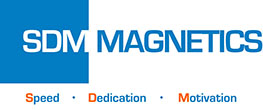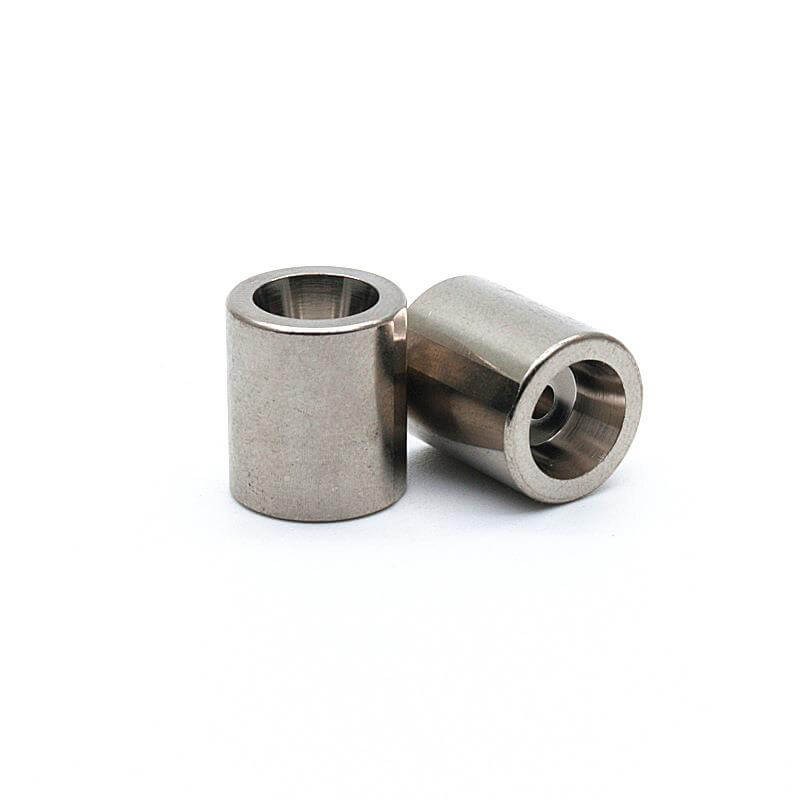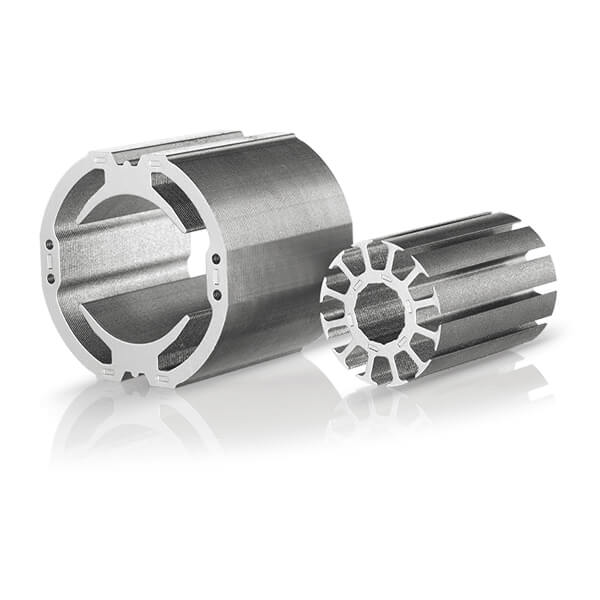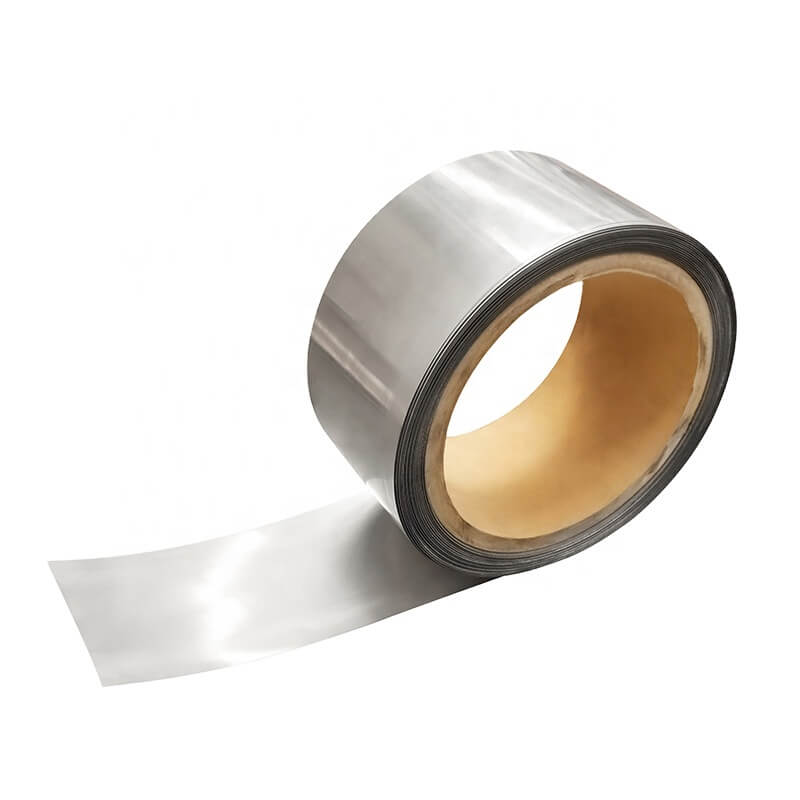Metal soft magnetic material is one of the most widely used magnetic material. The frequently used metal soft magnetic material includes pure iron, silicon steel and permalloy. The application of metal soft magnetic material in the industry has a history of more than one hundred years and its development can be divided into four stages. The period before 1930s can be generally regarded as the first stage in the development of metal soft magnetic material. With the emergence of the electric power industry and telecommunication engineering, low-carbon steel began to produce transformer and motor at end of 19th century. Replacing steel by silicon steel effectively reduced loss at the beginning of the 20th century and silicon steel still ranks first for soft magnet demand in power industry up to now. Meanwhile, weak current engineering laid down high permeability requirement for material with the progress of telephony, then an array of soft magnetic alloys emerged as the times require. By the 1920s, the rise of radio technology further promoted the development of high permeability soft magnetic alloy, then permalloy, mu-metal, perminval alloy, hiperco alloy and permalloy powder core appeared. Metal soft magnetic material experienced the second stage of development between 1930s and 1940s, then its variety, magnetic properties and application have been developed rapidly during this period. The representative achievements include multi-element permalloy, FeSiAl high permeability alloy and unidirectional silicon steel. Meanwhile, researchers found that magnetic heat treatment and rolling can establish induced anisotropy in the permalloy and studied ordered lattice structure in the permalloy and iron-cobalt alloy. In addition, magnetic physics have also made considerable headway such as proposed spin-wave theory and the energy band theory of ferromagnetism; magnetic domain and structural theory of domain wall; coercivity theory and technical magnetization theory; and mechanism of magnetic loss. Metal soft magnetic materials underwent the third process of development between 1940s and 1970s. Adventure and development of emerging technology put forward higher request to magnetoelectric properties of metal soft magnetic material, especially electronic technology and instruments. Representative materials in this period include high rectangular hysteresis loop alloy, high permeability alloy, magnetic thin film, soft magnetic alloy strip and doubly oriented silicon steel. Furthermore, researchers measured magnetocrystalline anisotropy constant and saturation magnetostriction constant of various soft magnetic alloys, studied the origin of high permeability and clarified the mechanism of magnetic heat treatment. Since 1970s, the development of metal soft magnetic materials entered into the fourth stage. Besides high efficiency, high stability and durability, metal soft magnet are required to possess a low cost. Researchers studied the relationship between magnetic performance and various factors in metallurgy, and change rule between material properties and various external conditions.
Copyright © 2024 SDM Magnetics Co.,Ltd. All right reserved.



